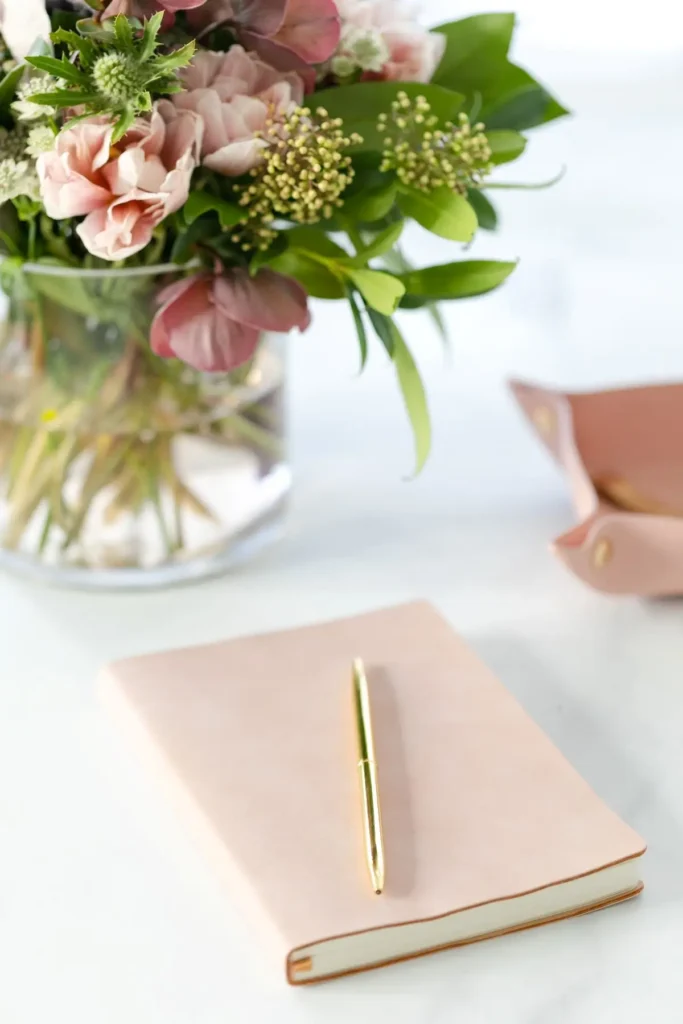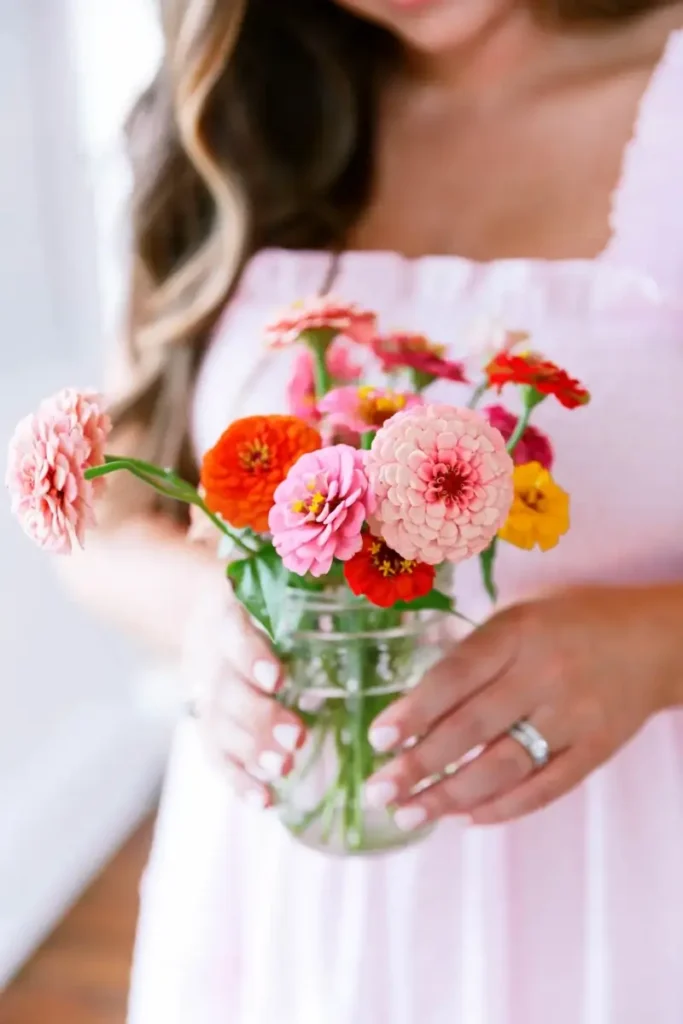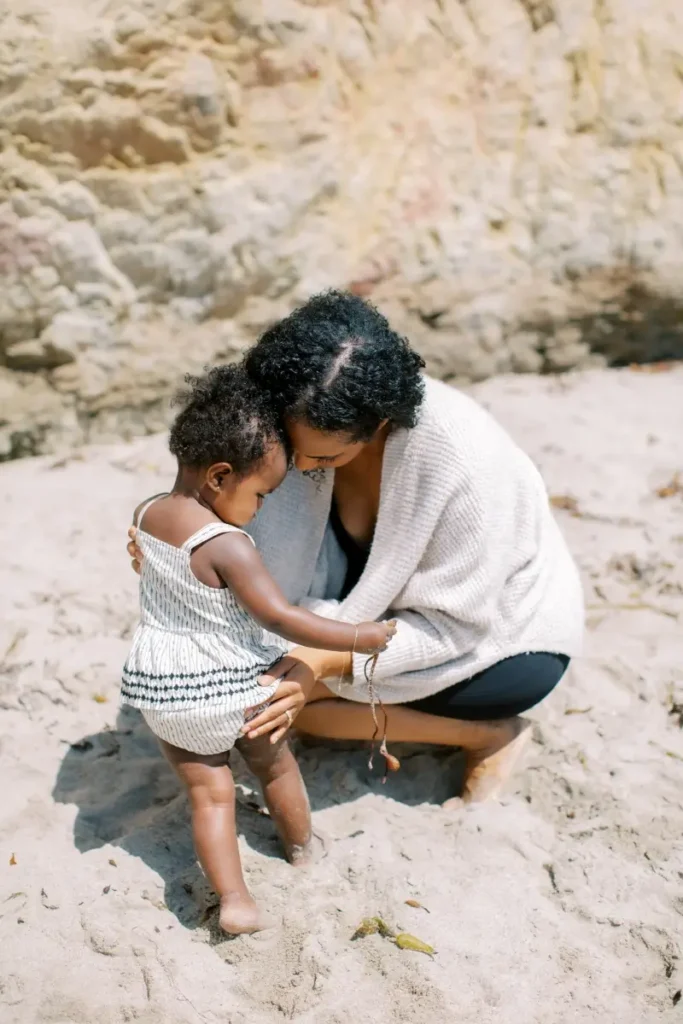5 Things Nobody Tells You About Joyful Aging
We talk a lot about staying young, but not enough about what it really means to grow older well. Not just “gracefully,” not just “looking good for your age,” but aging in a way that feels meaningful, satisfying, and yes—joyful, as in joyful aging.
But joyful aging isn’t what most of us typically think about. This post (and future posts in this series) is not about entering your 50’s, 60’s or 70’s sort of aging! News Flash, we are all aging! So this post applies to us all as we grow older. Continue reading to find out what no one tells you…
Related Post: 15 Do-Nows to Create a Life You Love
Here’s What I’ve Learned About Joyful Aging (So Far)
1. You won’t magically “feel” ready for aging.
There’s no moment when you suddenly feel wise or accepting or perfectly at peace with getting older. Joy doesn’t arrive when you’ve worked through every insecurity or embraced every change. It’s something you have to choose, even on the days when you’re still wrestling with what’s shifting. You can feel both grateful and frustrated. Both proud and unsure. Joy can live in that tension.
2. It’s not about staying the same—it’s about becoming more yourself.
A lot of messages about aging are obsessed with “holding on” or “preserving” who we were in our younger years. But the real beauty of aging is getting closer to the core of who you really are. You stop performing as much. You stop chasing approval in the same ways. You realize you don’t need to be everything to everyone—and that is freeing. Joy comes from letting go of the parts of you that never really belonged in the first place.
3. Your circle might shrink—and that’s not a bad thing.
Friendships shift. Priorities shift. The people you once spent time with might not still fit where you’re headed. And even though that can feel lonely at times, it’s also clarifying. Joyful aging doesn’t mean holding onto every relationship out of obligation—it means making room for deeper, more intentional connections. Fewer, but richer.
4. Your body will change—and joy doesn’t depend on loving every part of it.
There’s a lot of pressure to “love your body” at every stage. But joyful aging isn’t about pretending you’re thrilled with every wrinkle, ache, or change. It’s about learning to respect and care for your body, even if you’re still working on how you feel about it. You don’t have to love every part to treat it with kindness.
5. Joy isn’t always obvious.
Joy in your younger years might have felt big, exciting, bold. But as you age, joy can get quieter—and that doesn’t make it any less valuable. It shows up in smaller moments: a morning walk, a deep conversation, a comfortable silence, a quiet confidence that wasn’t there before. Joyful aging is learning to notice and savor those moments, instead of looking for some big, shiny arrival point.
Joyful Aging: Your 30s, 40s, 50s, and Beyond
There’s no one right way to age joyfully. What it looks like—and feels like—can shift depending on the season you’re in, the challenges you’re facing, and the lessons you’re still learning.
Over the next few posts, we’ll be diving deeper into what joyful aging can look like in different decades—your 30s, 40s, 50s, and beyond. Because no matter where you are, you feel the effects of aging, but the good news is that you don’t have to wait to age joyfully.
✨ Stay tuned for the next post: How to Reinvent Yourself in Your 30s and Thrive
Want to know how to create joy in your life now? Check out How to Create Joy in Your Life





